I recently came across this popular BMS design and I am trying to understand the circuit design

There are some great technical discussions around it, like on robojax or this non-English forum.
Most parts are pretty straight forward. Below is my understanding of the the original schematics:
- Balancing module: discharging through 100R RES when cell reaches certain voltage.
- Battery cell
- Protection module: pull down pin 1 when cell is over-voltage, pin 3 when under-voltage. This, through various transistors, would then control the MOSFETs
- MOSFETs for over-voltage / over-charge protection
- MOSFETs for under-voltage / over-discharge protection
My main question is what is the function of (6)?
This author mentioned that, during short-circuit event, (6) turns off MOSFET until after the load is removed. After load removal, the circuit would work normally again. robojax also did a great video experiment showing this function. However, my simulation on circuit lab shows that it would always pull down the MOSFETs gate and never allow the battery to discharge.
Could someone please explain?
Thank you
